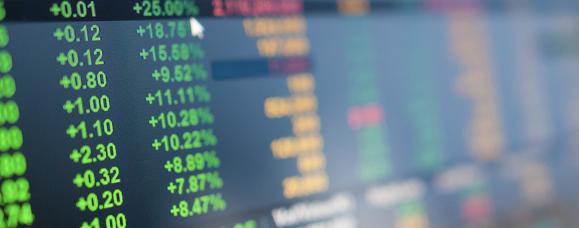The volatility performance of the FOREX and CFD market enlarges the trading opportunities, this allows traders to take advantage of price volatility to gain profits. Nevertheless, there are chances where the trades and assumptions are in contrast, leading to losses.
Losses are very common to most traders, even the best traders also cannot avoid losses. The key in becoming a successful trader is to control risks.
For FOREX and CFD, there are many ways to manage risk:
o Reduce leverage (Increase the margin requirements)
o Draft a trading plan and follow it accordingly
o Always keep an eye on the latest market situations
o Use fundamental and technical analysis
o Learn when to take profits and accept losses
o Use stop loss orders to manage risk


Understand the Risk of Leverage
One of the most direct way of risk managements is to reduce the leverage of financial products, such as the leverage of FOREX trading can be reduced to 50:1 (i.e. 2% of margin requirement). Leverage reduction can significantly attenuate the risk of trading, and the potential risk to the total assets value is reduced correspondingly. (N.B. The leverage can only be modified before the open position of financial products is established.)
Create Your Own Strategy
As a trader, it is crucial to seek out a suitable trading strategy. Trading strategy allows you to identify profitable trades, maximize profits and minimize losses in adverse situation.
First, you need to control the amount of each trade based on your financial capabilities and experience level.
Next, technical analysis and fundamental analysis are the trading skills often used by traders in FOREX and CFD markets. Technical analysis is observation of historical price data to predict future price trends. Fundamental analysis, on the other hand, is another method of observation on the core factors that may affect the demand psychology towards an asset.
In FOREX and CFD trading, all available data are collected to help evaluate the advantages of a particular product. For example, fundamental analysis specifically focuses on the important economic data and reports, such as unemployment and GDP data, interest rate announcements, production data, etc., to determine the future direction of a country's currency.
When you have no time to monitor your open position, make sure that you have used the close order to reduce risk and manage your position. There are two main type of close orders: stop order and stop limit.
A stop-loss order is an order placed by customer to close an existing position at a price level which is at disadvantage and aim to reduce losses. This is the most common tool for FOREX and CFD traders to manage risk. When market reaches your stop-loss price level, your trade position will be closed before there is further losses and minimize the possibility of extra losses.
Example: if you LONG EUR/GBP at 0.8850, you want to reduce your possible losses when the cross currency pair drop to 0.8790, so the stop-loss price level set at 0.8790 to close position with 60 pips losses. You limit your risk at 60 pips when market not favors to you.



